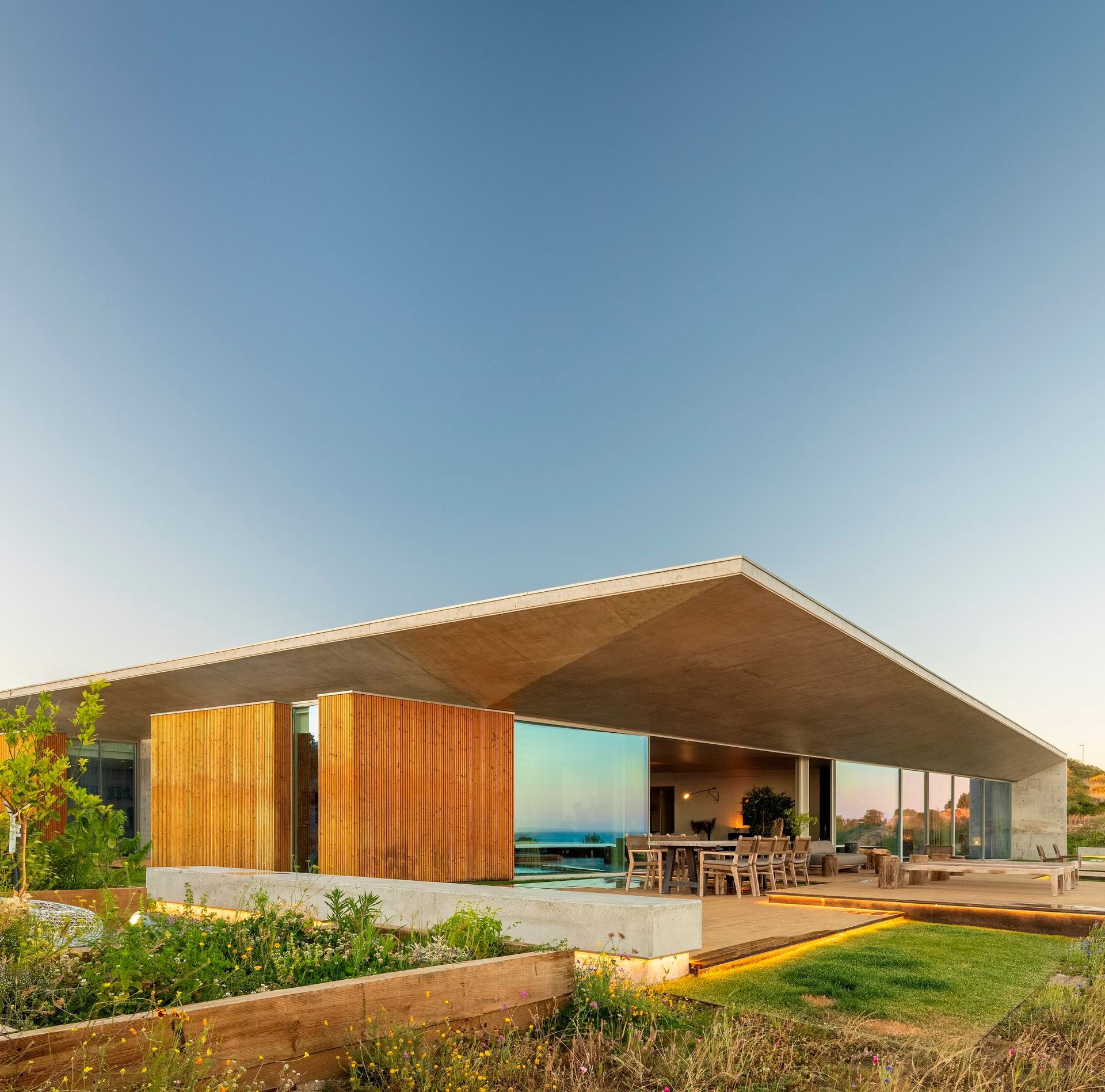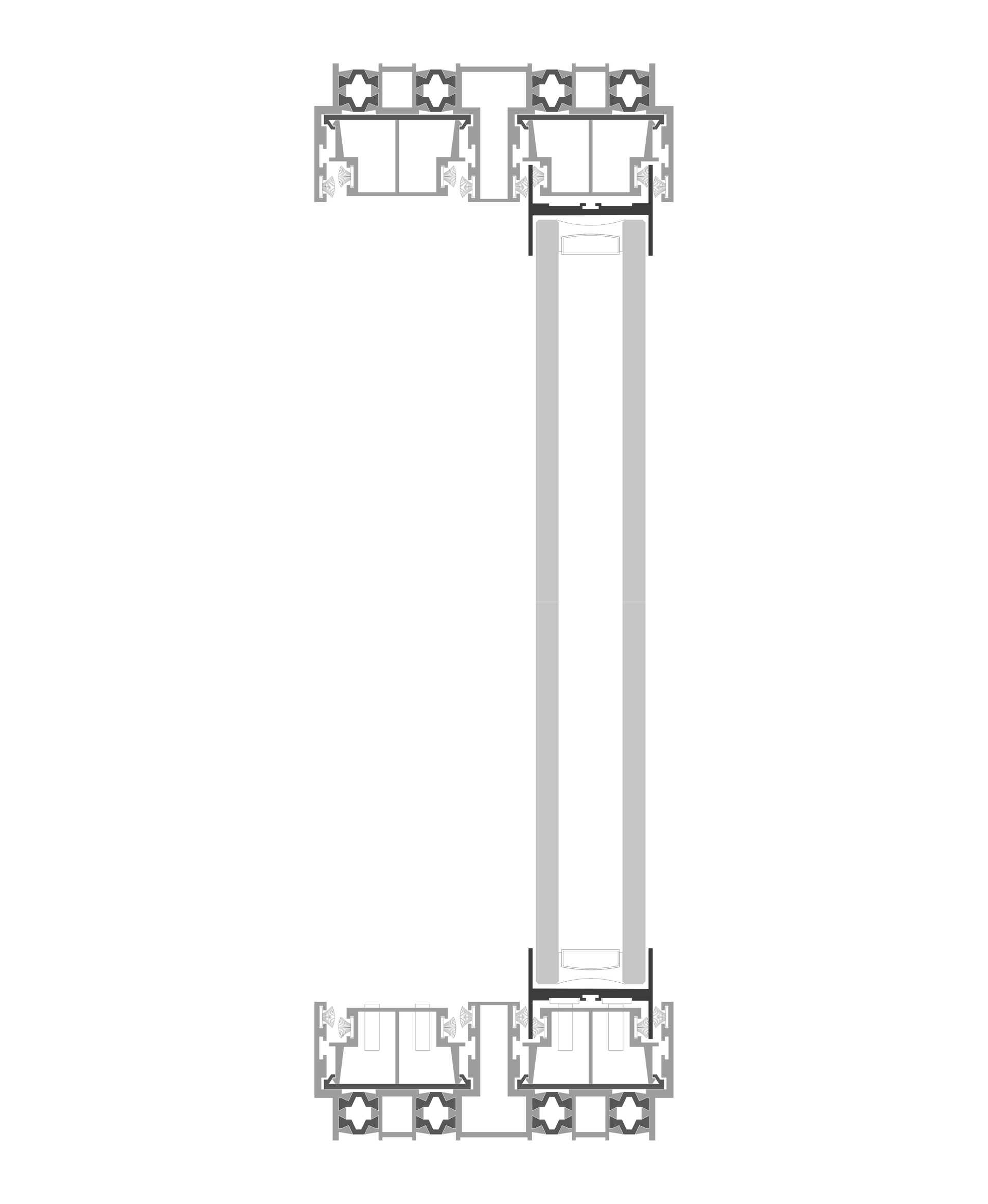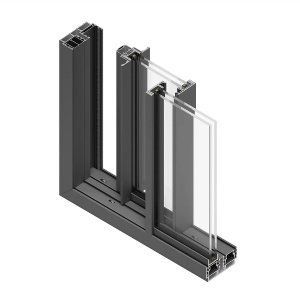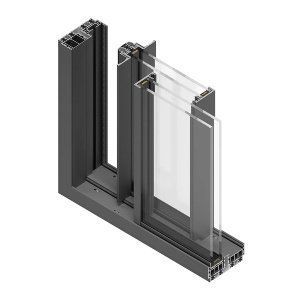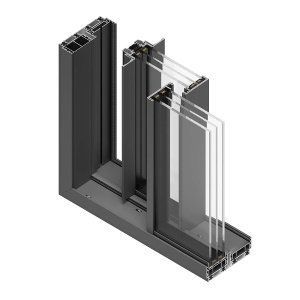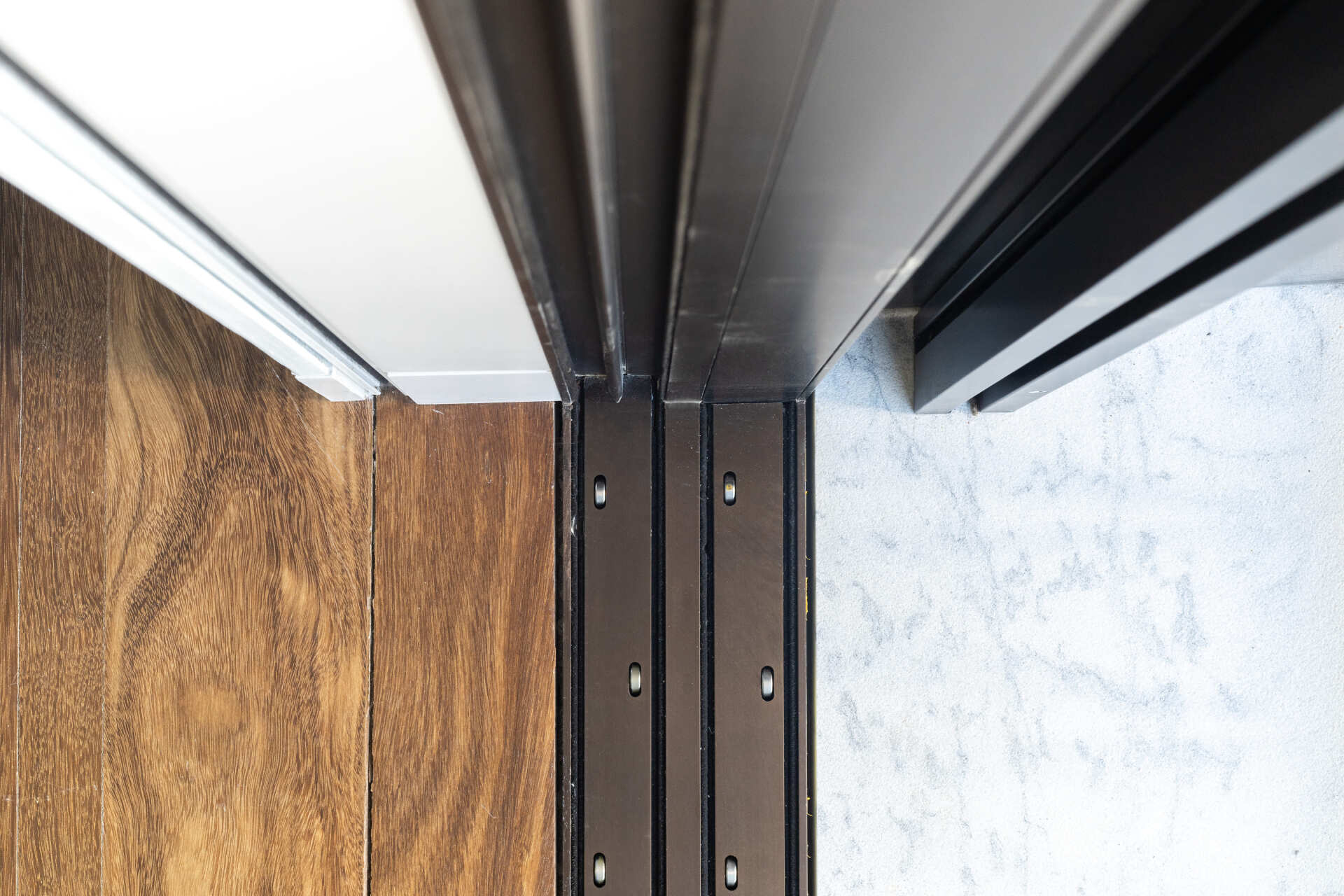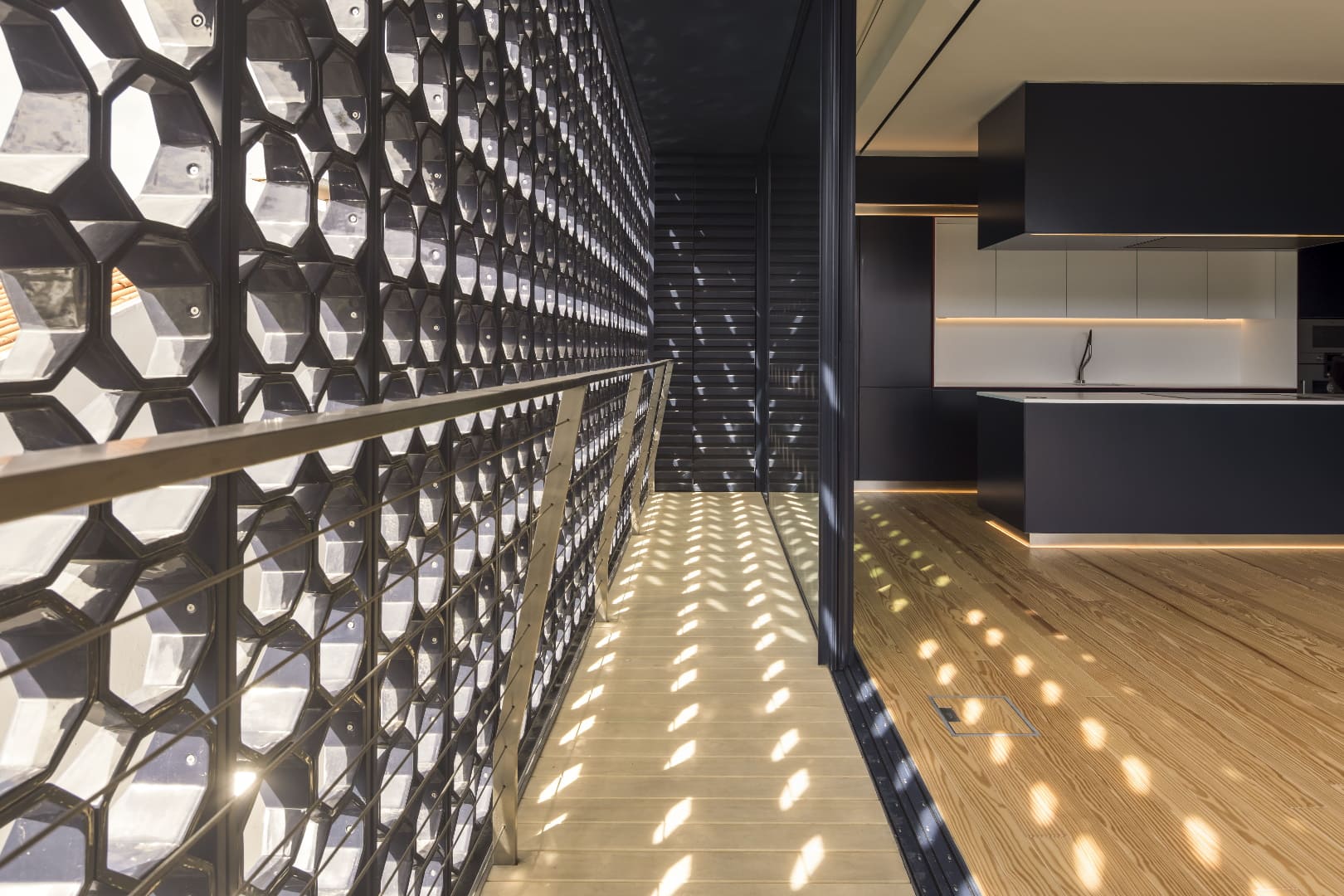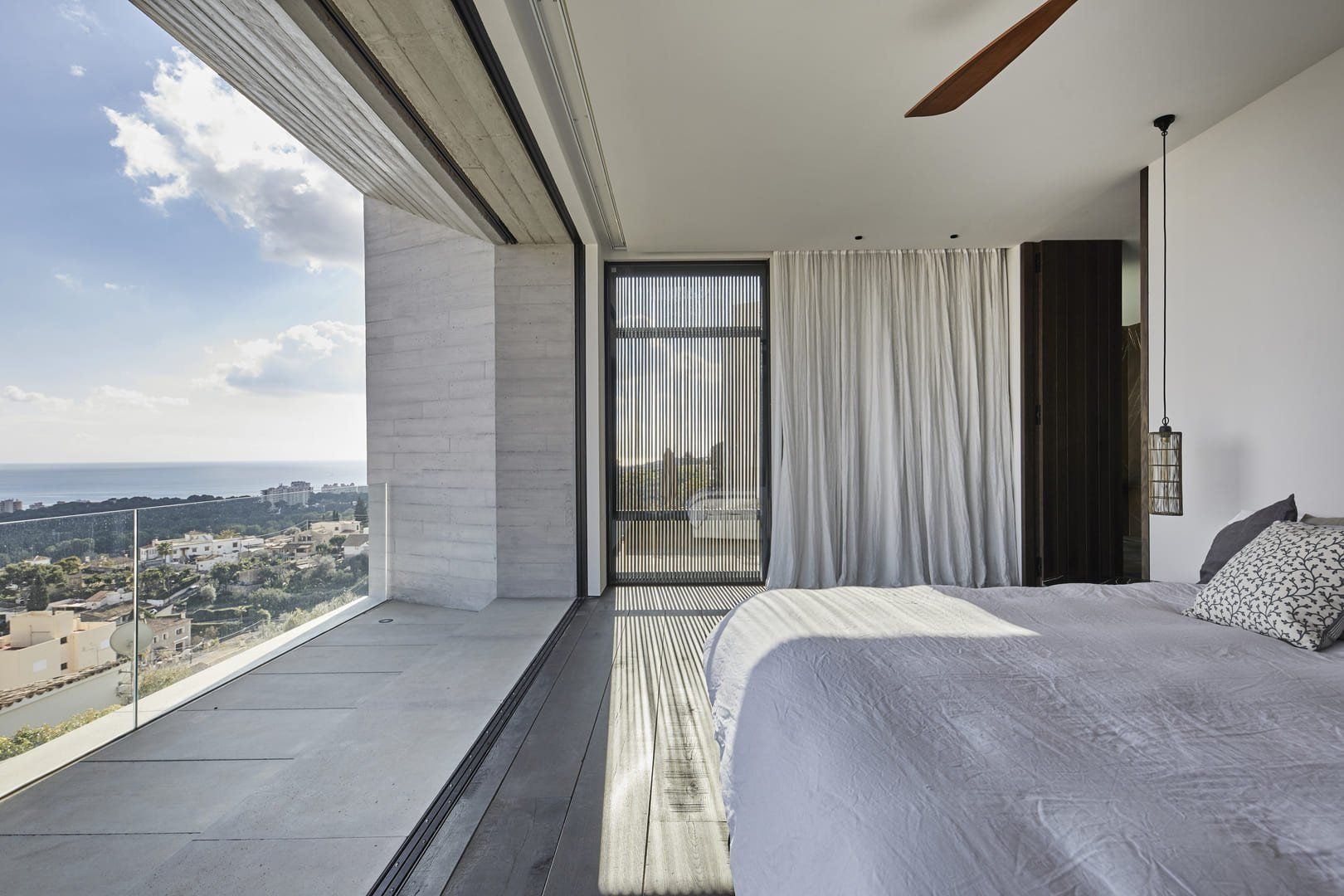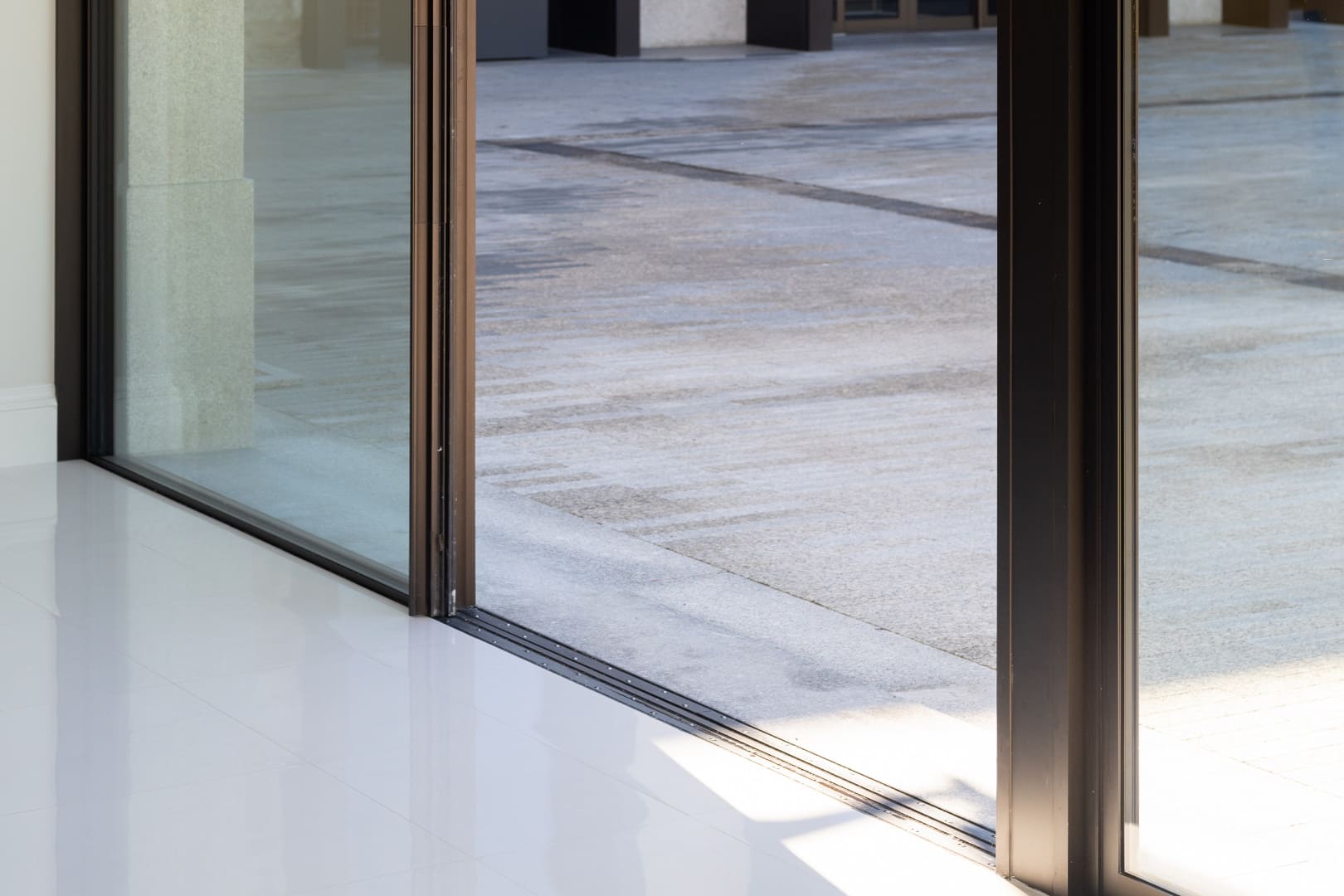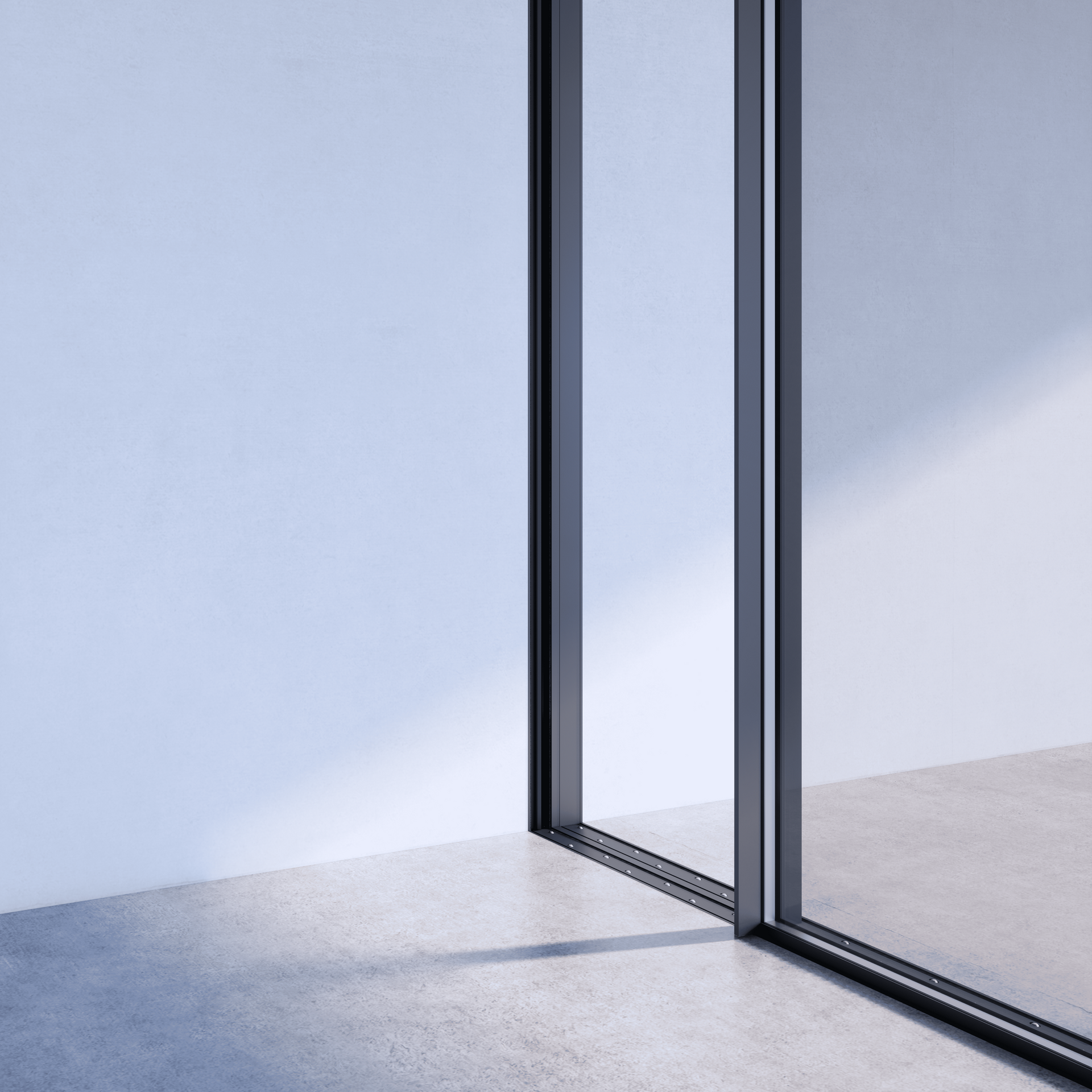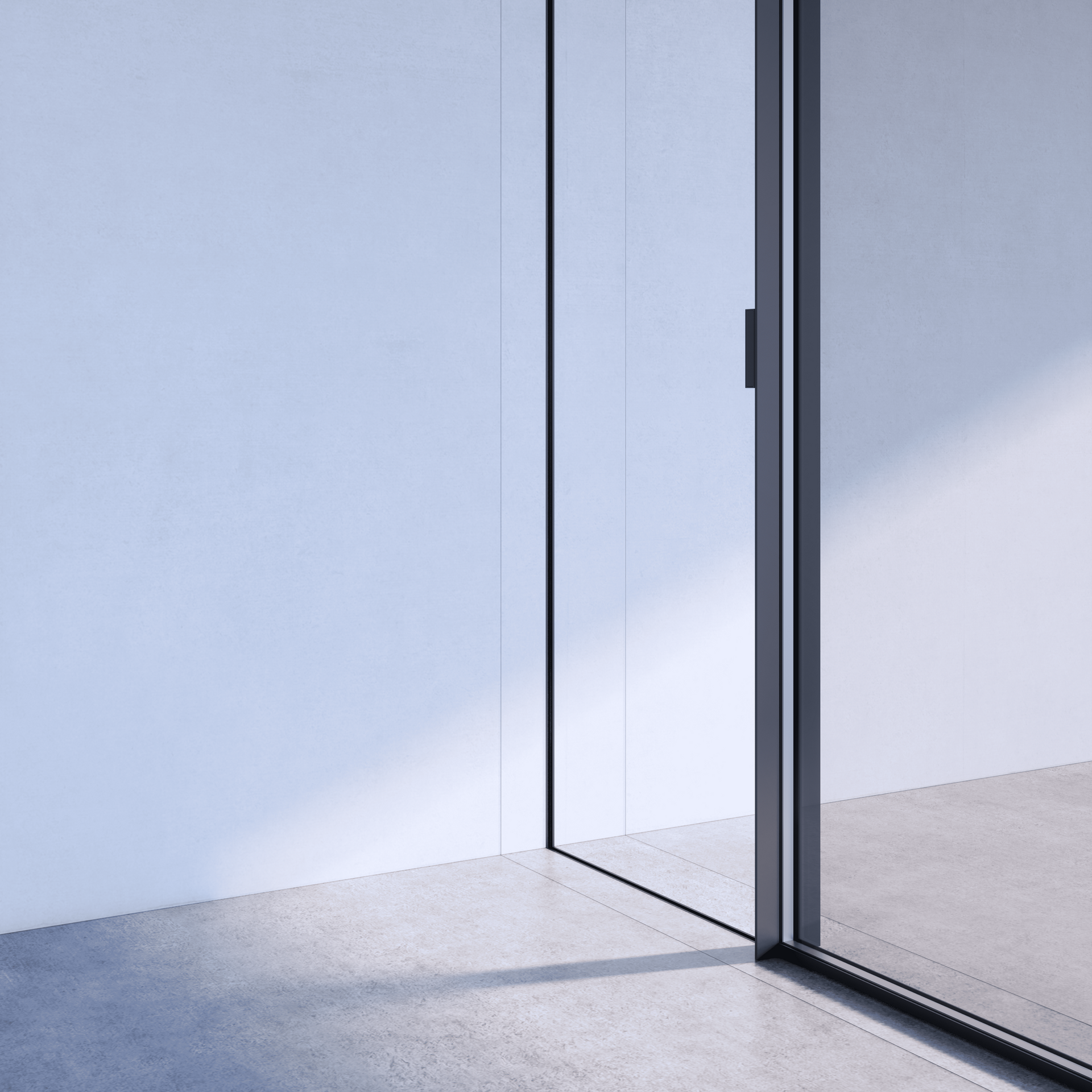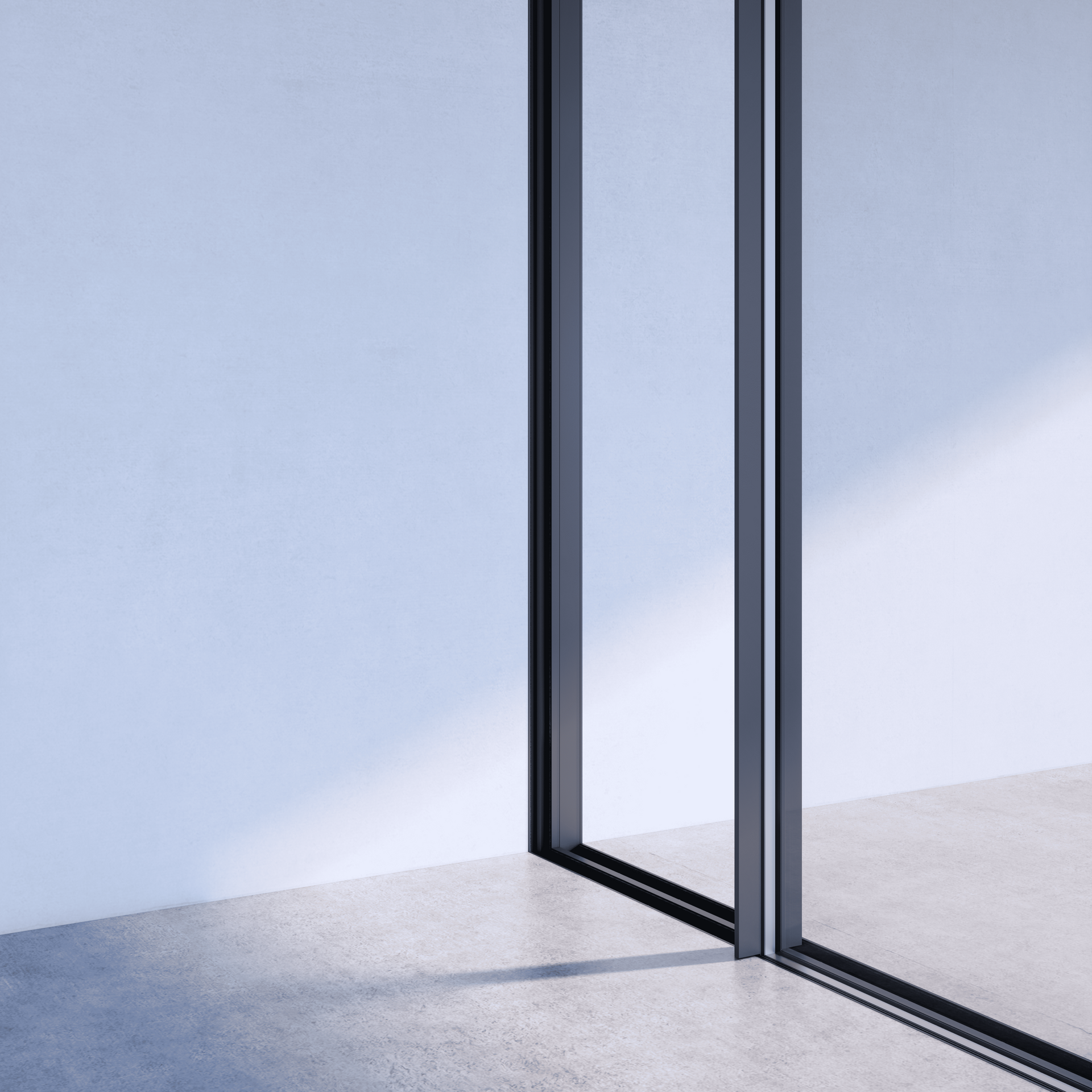OTIIMA
Plus
OTIIMA PLUS é a renovação dos sistemas clássicos de caixilharia minimalista. A sabedoria e a experiência deram origem à versão mais sofisticada de um caixilho embutido, que garante um desempenho superior e uma estética homogénea através da janela.
Características
Descrição
Reúne todas as vantagens e versatilidade do sistema CLASSIC e dá um passo em frente. Em vez de perfis de10 mm (3/8") nivelados com o piso, o sistema PLUS apresenta perfis superiores e inferiores embutidos.
Performance
Distinguido várias vezes com prémios de design, este sistema possui as melhores performances de ar e água do mercado. A par das suas linhas estéticas, o OTIIMA PLUS destaca-se pela permeabilidade ao ar e resistência às cargas de vento, com uma estabilidade superior.
Séries
Disponível nas séries 26, 38 e 54.
Configurações
As configurações disponíveis incluem janelas fixas, janelas/portas de correr e multipainéis (incluindo configurações com pockets e abertura de canto).
A automatização de portas pode ser integrada em todas as nossas portas de correr.
Série 26
- O nosso sistema utiliza um vidro temperado que proporciona uma resistência otimizada em grandes painéis;
- Perfis verticais de 20mm de espessura, preparados para um desempenho térmico superior, de permeabilidade à água e ao ar;
- Sistema de correr exclusivo com rolamentos verticais, para uma abertura manual suave e sem esforço;
- Ligação perfeita entre os espaços interiores e exteriores.
Outras soluções
Últimas notícias


